|
HOME: www.hiltonpond.org |
|||
THIS WEEK at HILTON POND Subscribe for free to our award-winning nature newsletter (Back to Preceding Week; on to Next Week) |
HOT WEATHER HARVEST: What comes to mind when one thinks about harvest-time is golden days of October when orchards and fields are bursting with crops brought at season's end. This may be a scenario in the agricultural community, but in nature there is a near-continuous bounty that begins with Wild Strawberries in early spring and continues through puckery Common Persimmons that ripen come fall. Although many seeds and berries produced by nature are inedible by humans, fruits of wild plants both native and invasive may be very important to wildlife from songbirds to field mice. This week at Hilton Pond Center we strolled a sun-drenched byway to see what might comprise our "roadside cornucopia" by mid-July. We were amazed at how many herbaceous plants and shrubs had already accomplished their evolutionary goal of setting seed, ready to pass genes to their next generation as part of a "hot weather harvest."
All text, maps, charts & photos © Hilton Pond Center Earlier this summer we photographed the big conical flower erupting from a Smooth Sumac, Rhus glabra. This native shrub--related to Poison Ivy but non-toxic--is dioecious, with male and female flowers borne on different plants. The image above shows female flowers that . . .
All text, maps, charts & photos © Hilton Pond Center . . . by midsummer give rise to a tall cone of crimson berries (above). These fruits typically stay on the shrub until well after cold weather sets in; very high in vitamins A and C, they provide a nutritious December-January snack for quail and wintering songbirds such as Eastern Bluebirds, Northern Cardinals, Brown Thrashers, and even several woodpecker species. Humans, too, have found the berries quite palatable when steeped to form a refreshing lemonade-like drink.
All text, maps, charts & photos © Hilton Pond Center After the Smooth Sumac, the tallest roadside plant we found this week was American Pokeweed, Phytolacca americana (above), sometimes called just plain "Poke." In spring, wild plant enthusiasts gather and boil the tender leaves and shoots of this native perennial to make "poke sallet"--a delicacy somewhat reminiscent of cooked spinach. Beware of Pokeweed's mature or uncooked parts, however, lest you suffer gastric upset, convulsions, or respiratory failure.
All text, maps, charts & photos © Hilton Pond Center American Pokeweed grows best in sunny places and can reach perhaps ten feet in height before toppling over on itself. The flowers are white and flat; they appear to be tubular but are not, with the ovary lying at the junction of five petals. After pollination by ants, other insects, and even hummingbirds . . .
All text, maps, charts & photos © Hilton Pond Center . . . American Pokeweed yields a long raceme (loose cluster) of green and then shiny blue-black berries (above) consumed by just about every songbird and small mammal of the Carolina Piedmont. Pokeweed's ripened dark berry contains fewer toxins but when ingested can still can affect small children.
All text, maps, charts & photos © Hilton Pond Center Not far from the pokeweed was a stand of another semi-edible plant, in this case Field Garlic, Allium vineale (above); often incorrectly called Wild Onion, this species--like many Piedmont roadside plants--was introduced from Europe by early settlers. All its parts--including the purple flower head and the bulbous onion-like root--do smell of garlic, and can taint the flavor of beef and milk products when cattle graze upon it. Even so, winter leaves of Field Garlic are sought out by gastronomes here and abroad to flavor soups and stews. Some blossoms get pollinated but usually do not yield seeds; instead . . .
All text, maps, charts & photos © Hilton Pond Center . . . the flower head forms little eighth-inch bulbils (above) that drop to the ground when mature and grow into new plants. Field Garlic seems able to propagate nearly anywhere, including front lawns where the plant's presence is announced via odor when one mows the grass.
All text, maps, charts & photos © Hilton Pond Center Speaking of grass, probably the most plentiful plant we found flowering and fruiting along the roadside this July was a grass whose flower heads swayed gracefully in the breeze. This was Yellow Foxtail, Setaria pumila (above), aka Yellow Bristle Grass. Despite its soothing and attractive appearance, this low-grade grass from Europe can take over a pasture and greatly reduce dairy cow productivity. Pollinated by wind, the ovary of each flower begins to mature . . .
All text, maps, charts & photos © Hilton Pond Center . . . and the awn at its tip turns yellow-red (above). The grass seeds in this photo are just beginning to swell and ripen. Pet owners beware: Foxtail's long, pointed awns and rough seeds can work their way into the skin of dogs and cats, causing infection and even worse problems.
All text, maps, charts & photos © Hilton Pond Center If you conclude that a plant with a name like Queen Anne's Lace (QEL) must have come from England, you would be correct. In most countries where this species has naturalized, however, it is called "Wild Carrot"--as suggested by its scientific epithet: Daucus carota. The plant's delicate white flowers grow in umbels (think "umbrella"), usually with a single central purple flower whose function is only speculative (see photo above). QEL's big flat umbel is visited by all sorts of pollinators including butterflies, Honeybees, ants, flies, bugs, beetles, and wasps, and it even serves as an ambush platform for cryptically colored Crab Spiders that dine on these unsuspecting nectar-seeking insects. When a pollinator manages to avoid death-by-arachnid and performs its ecological task . . .
All text, maps, charts & photos © Hilton Pond Center . . . the flowers of Queen Anne's Lace produce huge numbers of brown seeds about an eighth of an inch long (above). Stout spines minimize seed predation and help explain how entire fields can be saturated with QEL in a year or two.
All text, maps, charts & photos © Hilton Pond Center Eventually roots of biennial Queen Anne's Lace cease sending water to the flower head and it dries out completely (above), folding into what young Garry Hilton always called "bird nests." Within this "nest" the seeds are held together, awaiting the day when the whole structure disintegrates completely and scatters its propagative cargo to the earth.
All text, maps, charts & photos © Hilton Pond Center One easily recognizable roadside flower and fruit is Horse-nettle, Solanum carolinense (above). A member of the Nightshade Family (Solanaceae), this native plant's blossoms are star-shaped and pale lavender in color. Those in the photo are pretty beaten up--apparently the result of grazing by the tiny black weevil at upper left. Horse-nettle has fat yellow stamens and a single green pistil. When pollinated--mostly by Bumblebees--the blossom . . .
All text, maps, charts & photos © Hilton Pond Center . . . produces a hard green fruit a little less than an inch in diameter (above). At maturity the fruit softens, turns yellow-orange, and somewhat resembles a garden tomato--understandable when we realize tomatoes are also in the Solanaceae. One big difference is tomatoes are non-toxic while the fruit of Horse-nettle contains solanine; this poisonous alkaloid causes severe gastrointestinal distress and even death when large enough quantities are ingested by humans; birds and wild mammals seem tolerant.
All text, maps, charts & photos © Hilton Pond Center Another easily identified roadside plant is Spear Thistle, Cirsium vulgare (above).This pinkish-purple blossom is the national flower of Scotland, one of the Old World countries from which it came via early settlers. Thistle is in the Composite Family (Asteraceae), with an inflorescence made up infertile ray flowers and fertile disk flowers. Spear Thistle is pollinated by a vast assemblage of insects, including the albino female Clouded Sulphur butterfly, Colias philodice (above), probing florets with her flexible proboscis. When pollen grains stick to various parts of her body and she transmits them to the next thistle flower head . . .
All text, maps, charts & photos © Hilton Pond Center . . . the final result is a dense cluster of thistle down attached to small thistle seeds. Although Spear Thistle isn't native to North America, many of our native songbirds have taken advantage of the plant's attributes--especially late-nesting American Goldfinches that line nests with its down and feed its little seeds to their nestlings.
All text, maps, charts & photos © Hilton Pond Center Our final plant with mid-summer fruit was another composite (above): Mouse-ear Hawkweed, Hieracium pilosella. (Note the quarter-inch-long nymphal long-horned grasshopper perched atop one of the sepals.) Some botanists claim there may be thousands of Hieracium species, so we hope we got our identification right on this particular individual. Many hawkweeds have yellow flowers and originated in Europe and Asia, this species being no exception. Tips of the ray flowers are serrated, and there are no true disk flowers--just a seeming hodge-podge of pistils and stamens. Hawkweeds may self-pollinate; when open pollination is facilitated by a fly, bee, or beetle, the pistils collectively . . .
All text, maps, charts & photos © Hilton Pond Center . . . produce a delicate globe of gossamer hairs (above), attached to seeds disseminated by the slightest gust of wind--or by a little kid blowing on the magical seed cluster. Actual hawkweed seeds are quite small, but ground-feeding birds such as sparrows and finches seek them out as protein-rich additions to their diets. Even though hawkweeds are allelopathic (i.e., producing chemicals that deter other plants from growing too near), on roadsides they are under constant pressure from dozens of other native and invasive species vying for available sunlight. Hawkweeds and thistles, garlic and pokeweed . . . this broad diversity of flora adds to the mid-summer harvest--a hot weather cornucopia we found this week around Hilton Pond Center.
All contributions are tax-deductible on your |
|---|
|
"This Week at Hilton Pond" is written and photographed by Dr. Bill Hilton Jr., executive director of Hilton Pond Center for Piedmont Natural History.
|
|
|
Please refer "This Week at Hilton Pond" to others by clicking on this button: |
Comments or questions about this week's installment? Send an E-mail to INFO. (Be sure to scroll down for a tally of birds banded/recaptured during the period, plus other nature notes.) |


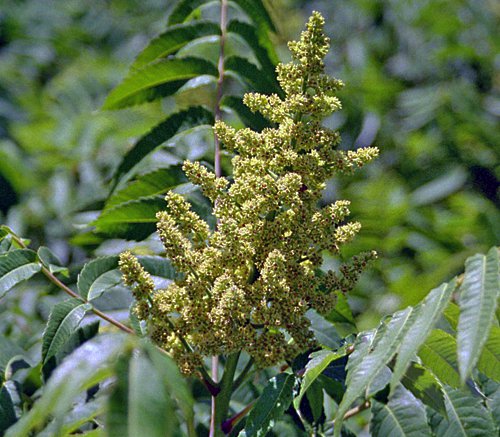
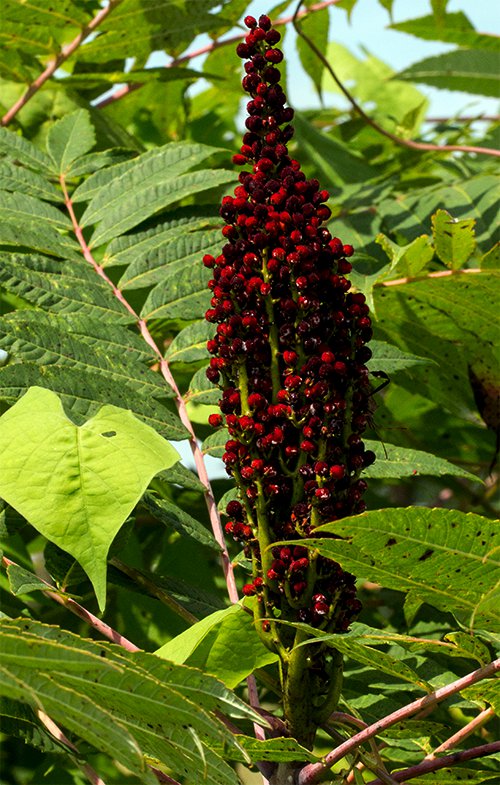
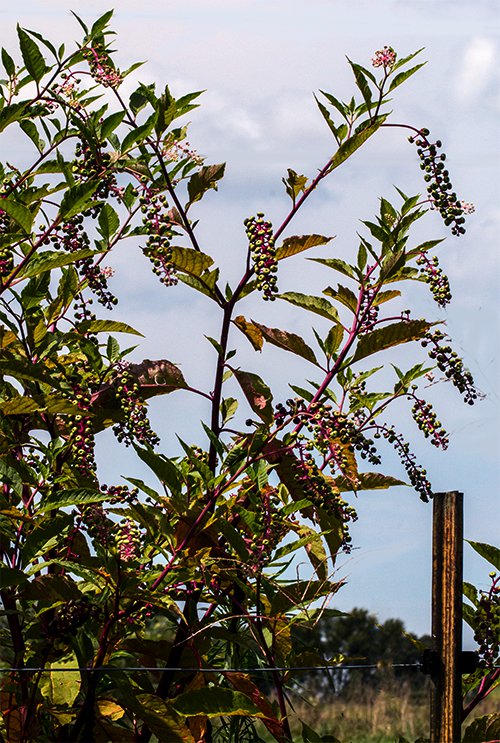
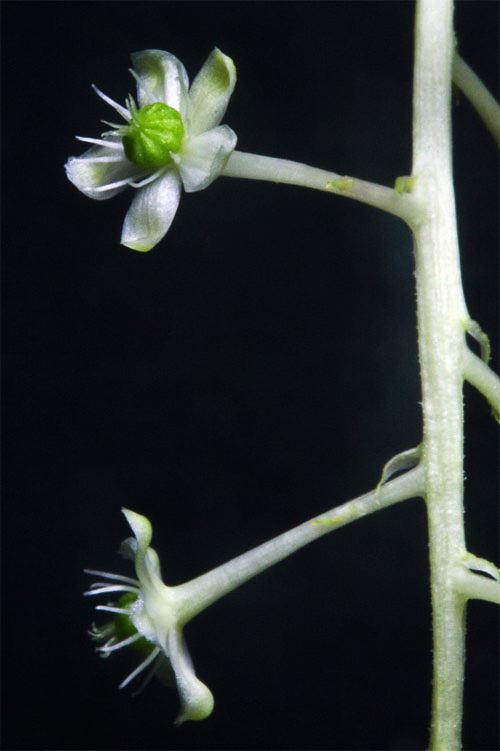
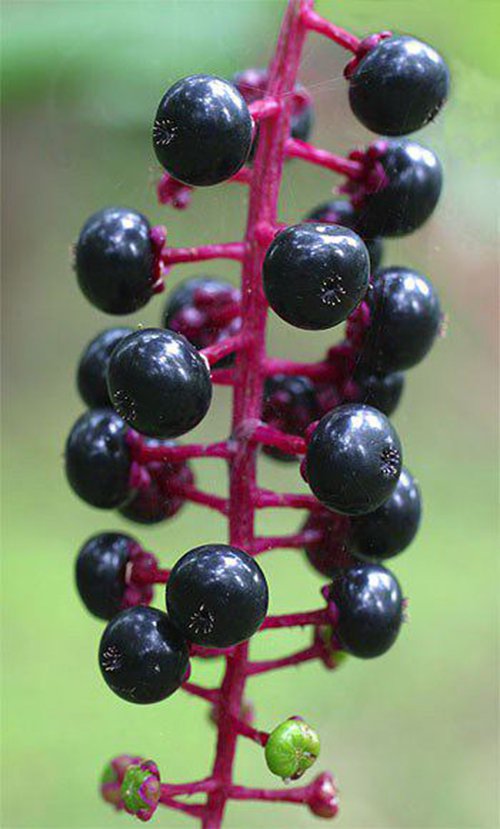
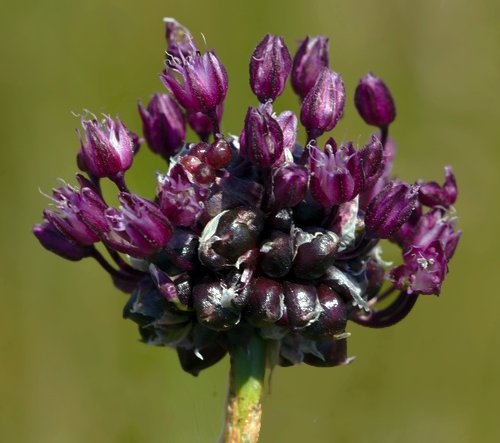
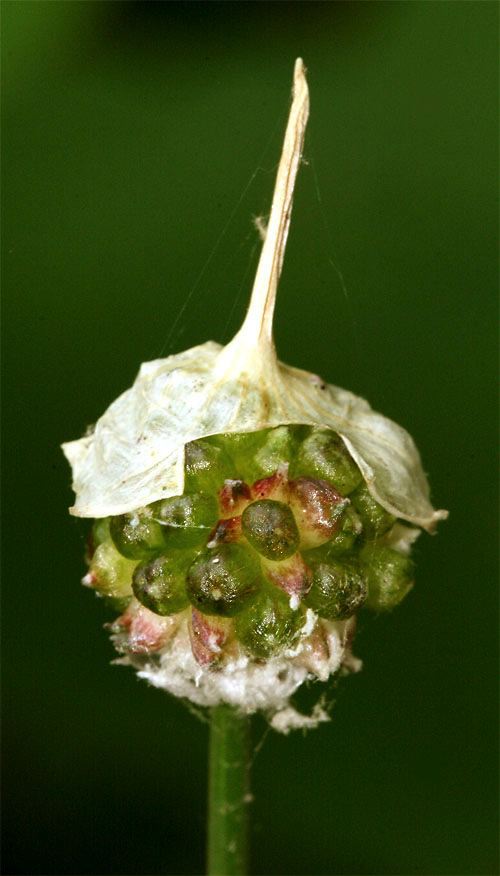
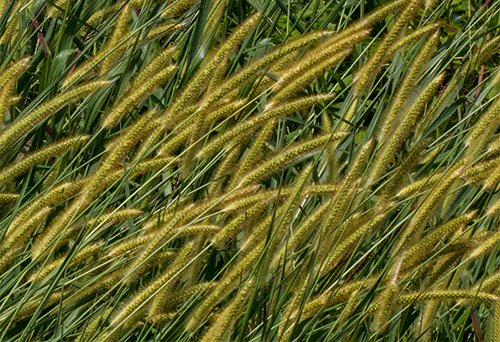
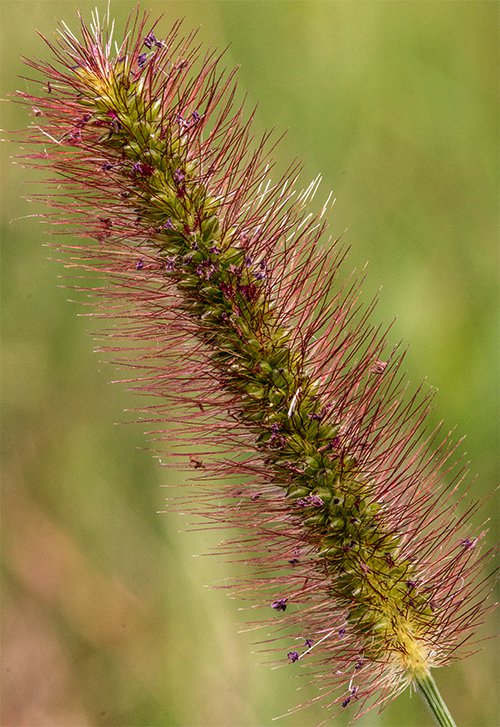
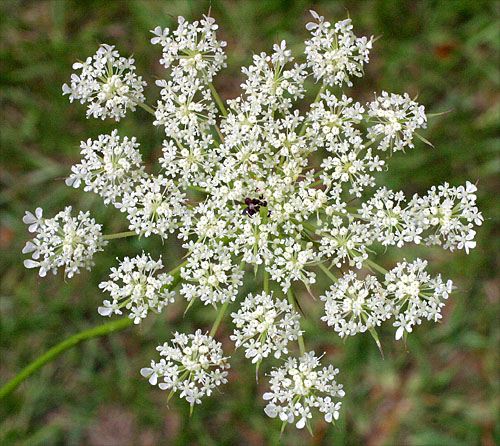

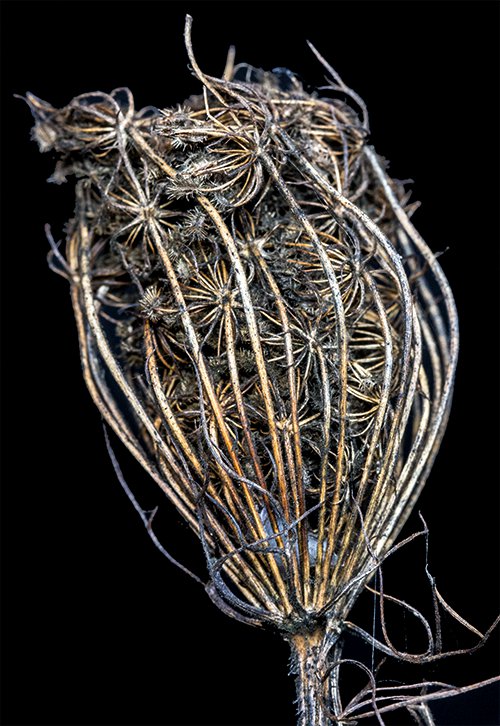
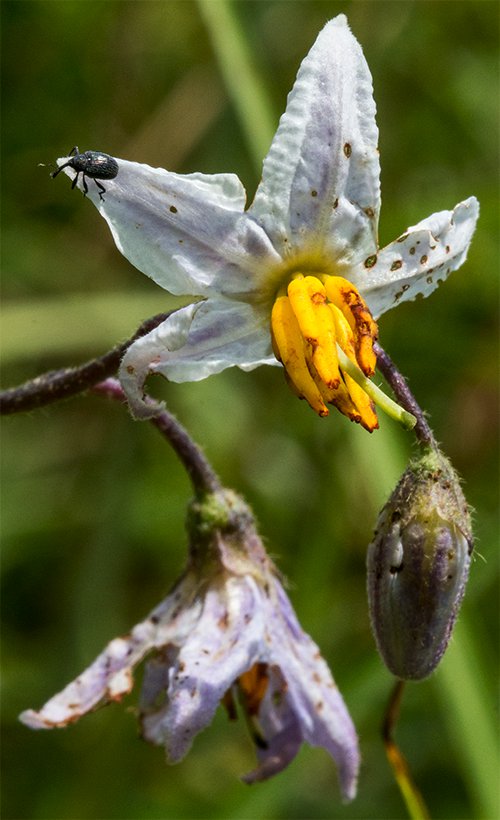
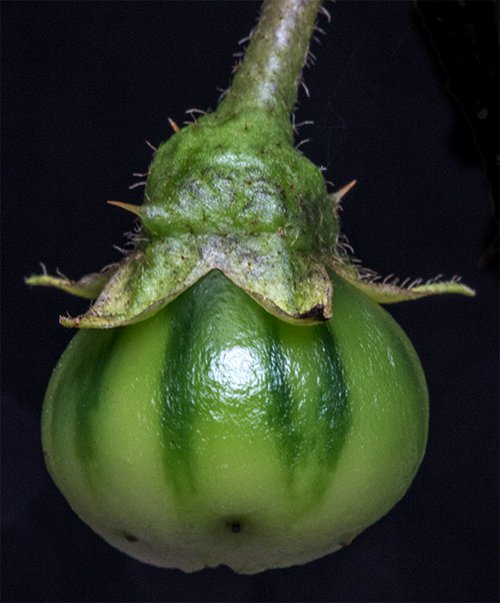
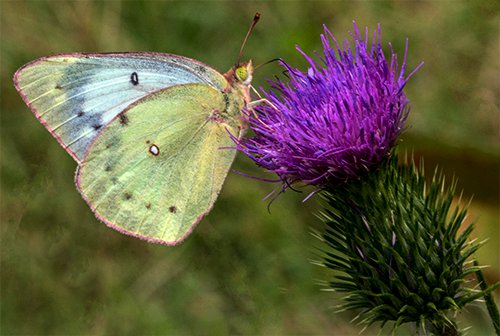
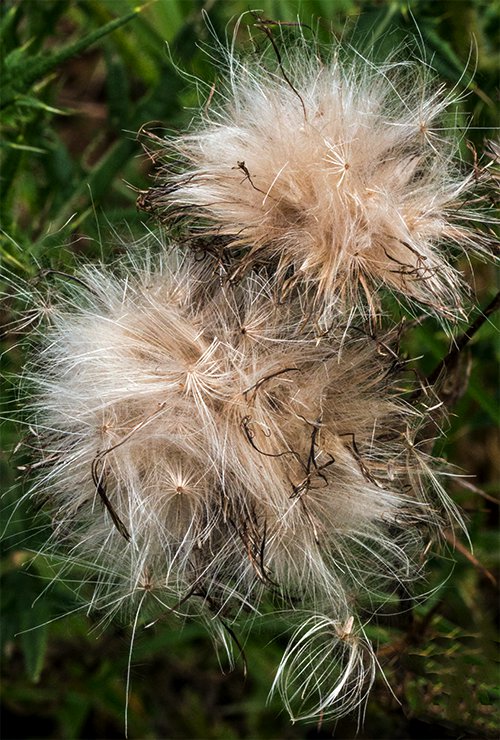
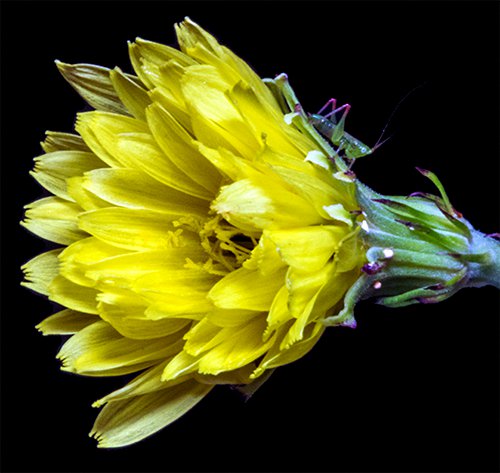
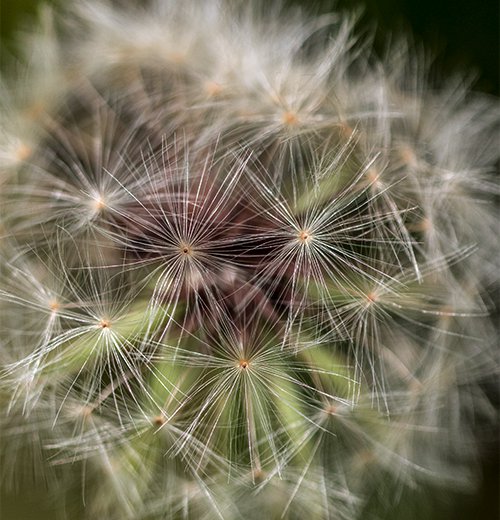








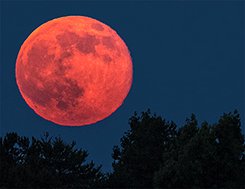
 Please report your
Please report your